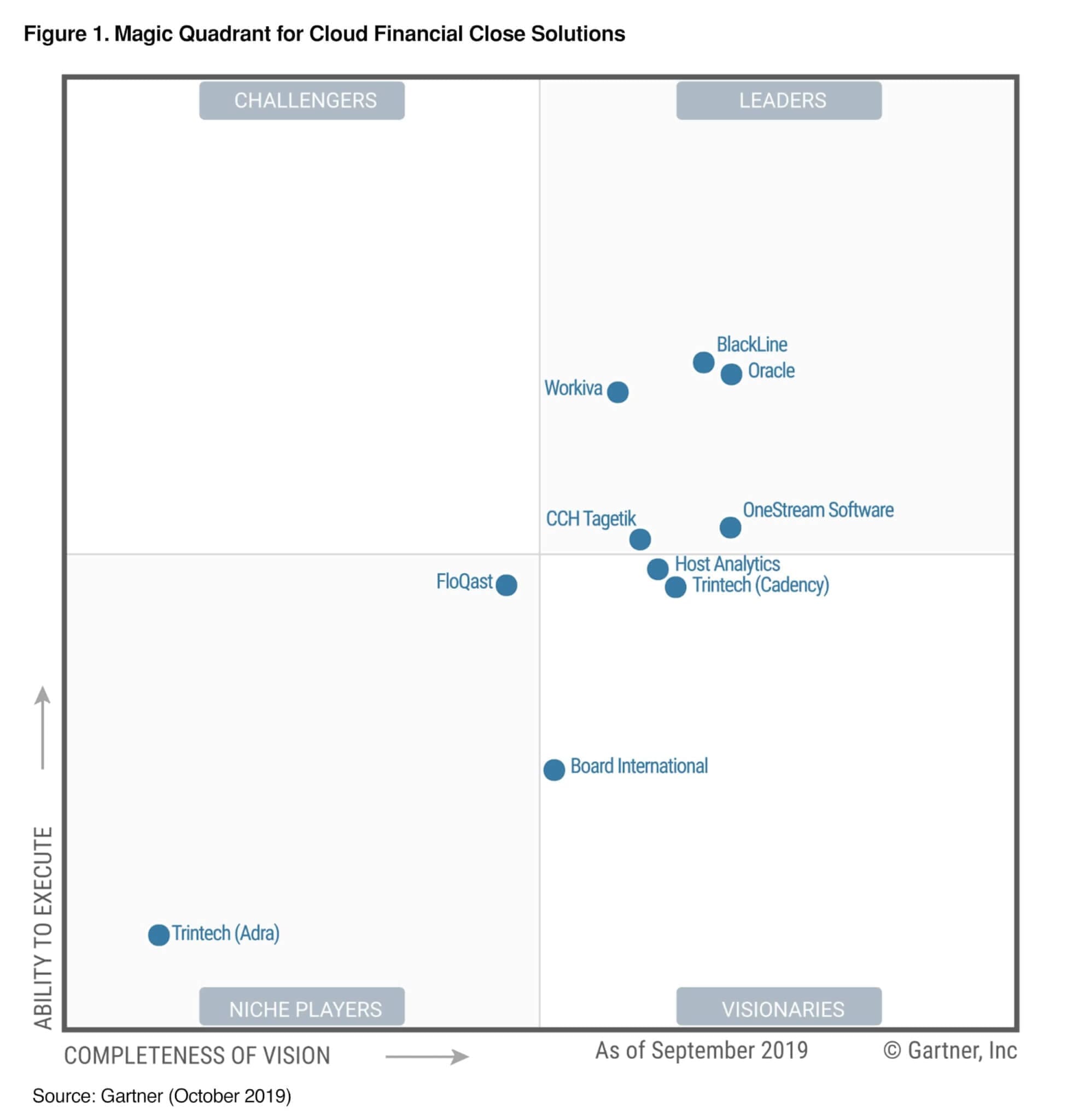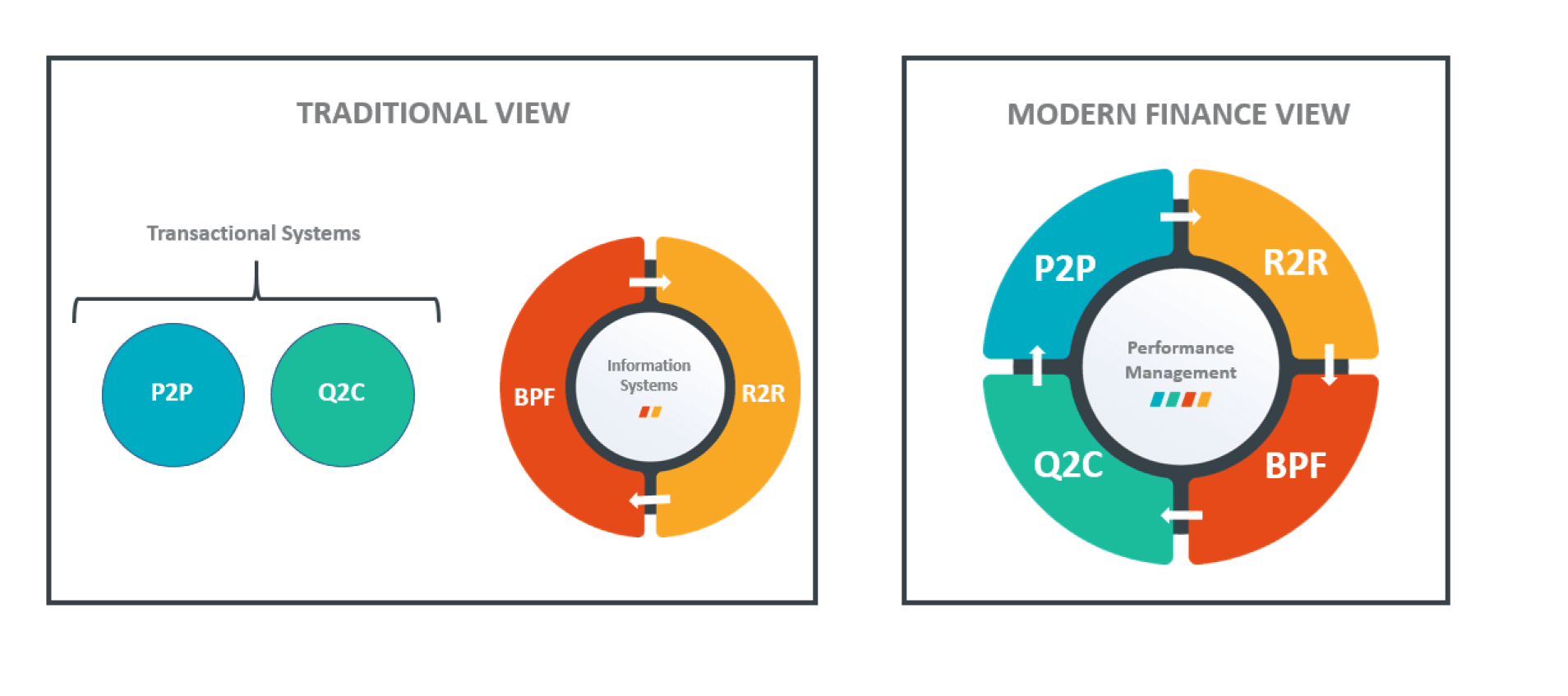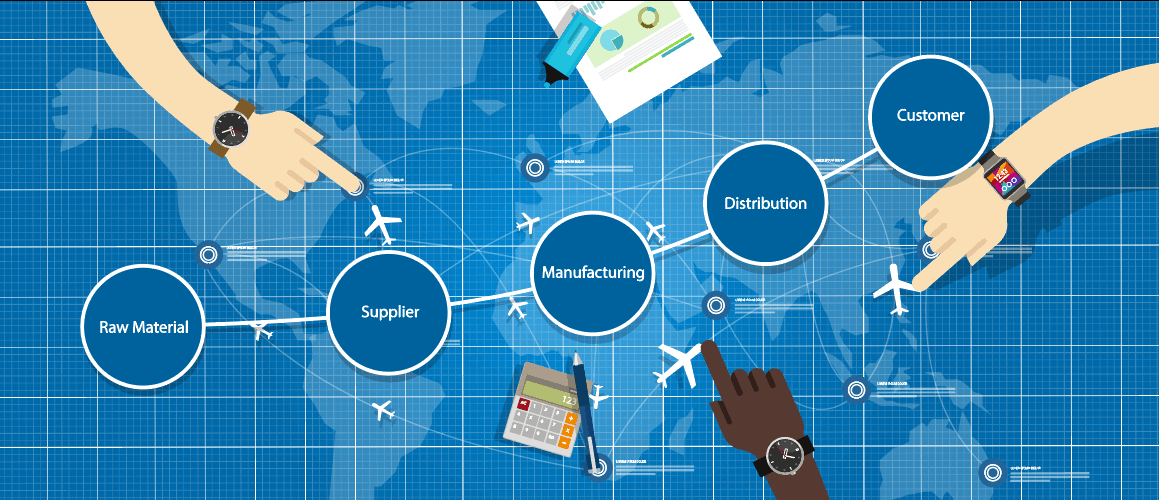When organisations are faced with uncertainty, they typically re-forecast more often. For example, in the last three months, many businesses have re-forecast their financials at least weekly and their cash positions almost daily. It’s what FSN calls the ‘hamster wheel’ effect – the wheels are turning faster and faster, but unfortunately the process isn’t delivering any more substance by way of insight – and that’s because in most cases, fundamentally nothing has changed. But fascinatingly, recent experience with the COVID-19 crisis suggests that businesses are now looking more deeply, to non-financial and operational data to provide a better handle on their future prospects.
The Hidden Value of Operational Data
Indeed, FSN’s research “The Future of Budgeting, Planning and Forecasting 2018” identified that when it comes to forecasting further out into the future leveraging operational and non-financial data is a game-changer. The research found that organisations that made extensive use of non-financial data were more than twice as likely to be able to forecast performance beyond 12 months.
FSN’s 2020 research “The Future of Analytics on the Finance Function” adds to the overall picture. It finds that traditional financial statement-based analytics tied to the month-end reporting cycle dominates analytical effort, but the crucial potential of operational processes such as the Purchase to Pay (P2P) cycle and Quote to Cash cycle (Q2C) are undervalued and under-exploited.
It turns out that the research was timely and even prophetic. Although the research findings pre-date the COVID crisis, recent weeks have shown companies scrambling to gain a deeper insight into their supply chains as well as their customer order book and customer behaviours.
For example, the sort of insight that can be gleaned from the Q2C process include customer behavior, their propensity to buy goods, how they are buying goods or services, the customer life cycle, and predicting when they are likely to buy, renew or switch to a competitor. Within P2P systems, organizations can recognize suppliers who always deliver late, are more costly than others, suppliers who are more difficult to do business with or those with quality issues. All these aspects of customer and supplier relationships affect the bottom line, and insight can really help drive heightened performance.
Expanding the Scope of Performance Management
Yet historically, investment in these processes has been very low and there doesn’t appear to be much imperative to change either. More than 60% of companies have no plans to implement P2P or Q2C tools at all or will only consider it in two years’ time, despite these key processes already lagging behind budgeting, planning and forecasting (BPF) and the record to report (R2R) process in terms of current investment.


Unfortunately, these processes are seen merely as transaction systems, but if the modern finance function is to fulfill its analytical potential then it is perhaps time to call for change and start to view them as fully-fledged information systems that can support broader insight and decision-making. The research even goes as far as suggesting that it is time to modify the CPM (`Corporate Performance Management) model to incorporate formally, the P2P and Q2C processes. If recent experience provides a catalyst for change, then finance functions should have P2P and Q2C firmly in their sights.
Learn More
To learn more, watch and listen to the replay of the webinar “The Future of Analytics in the Finance Function” where I review the results of the FSN 2020 research in more detail.
Get Started With a Personal Demo


